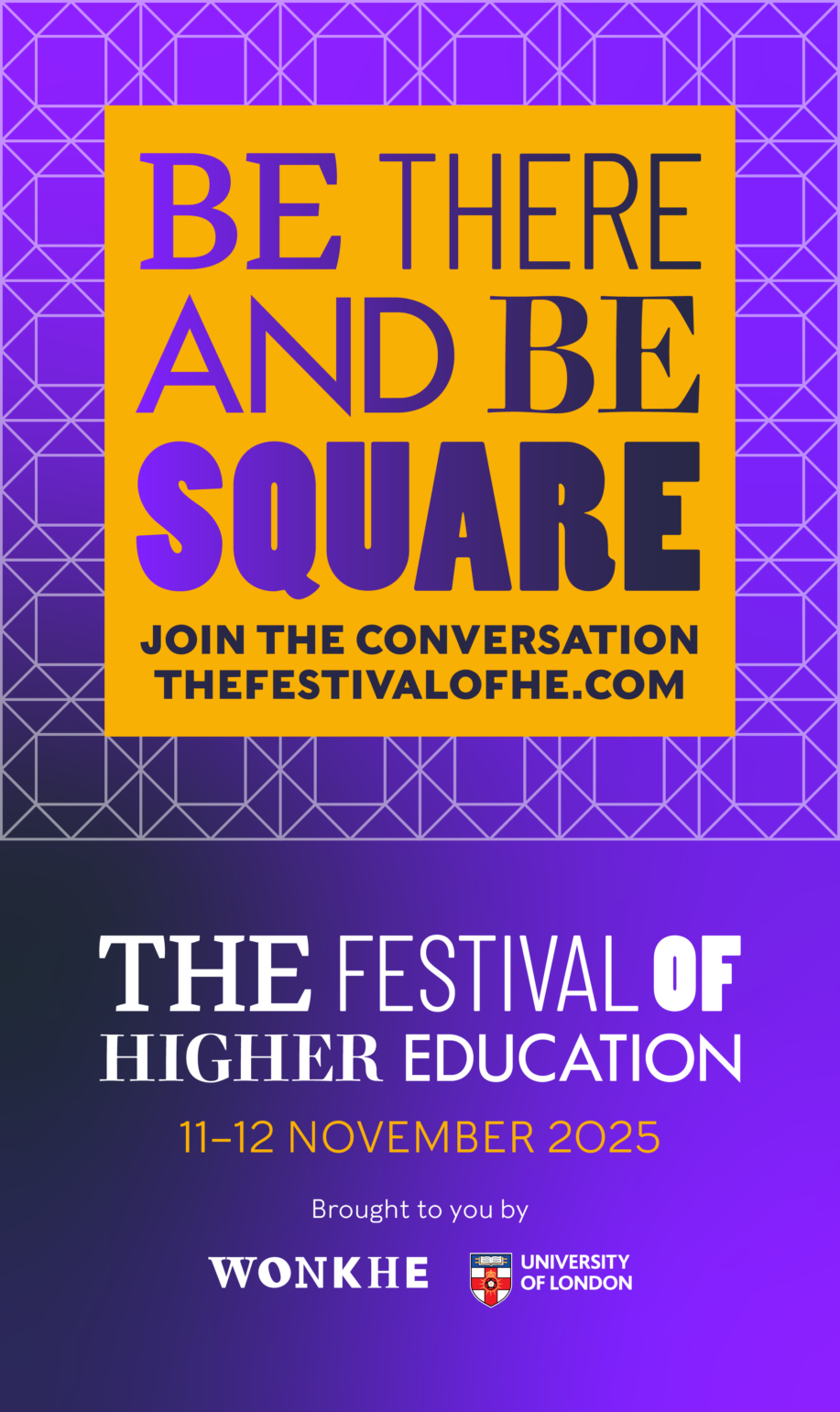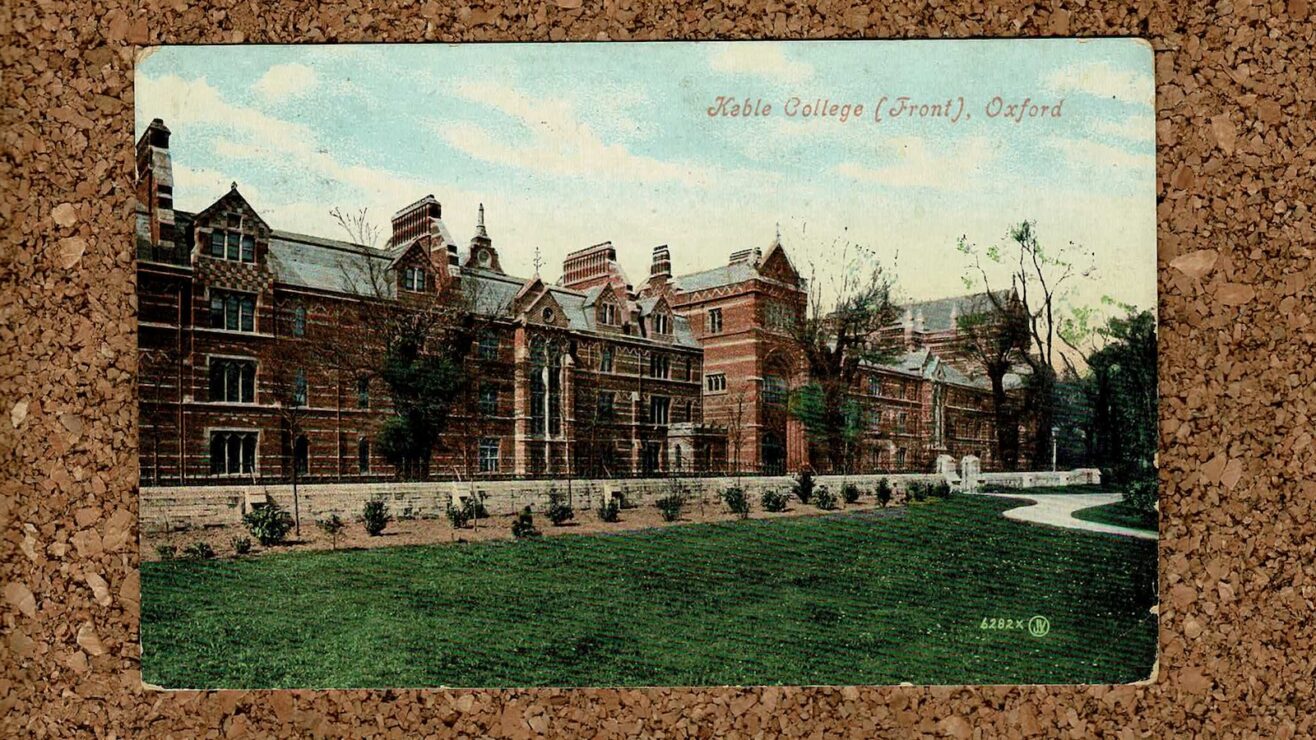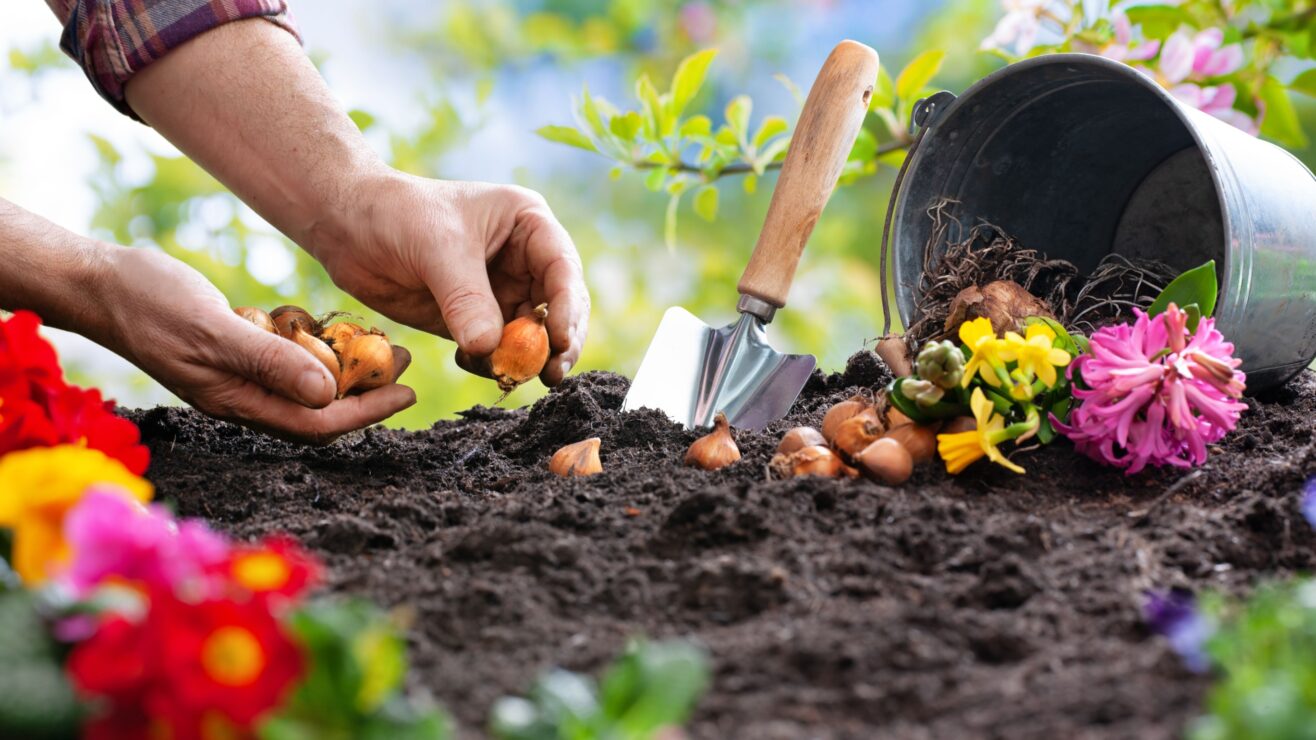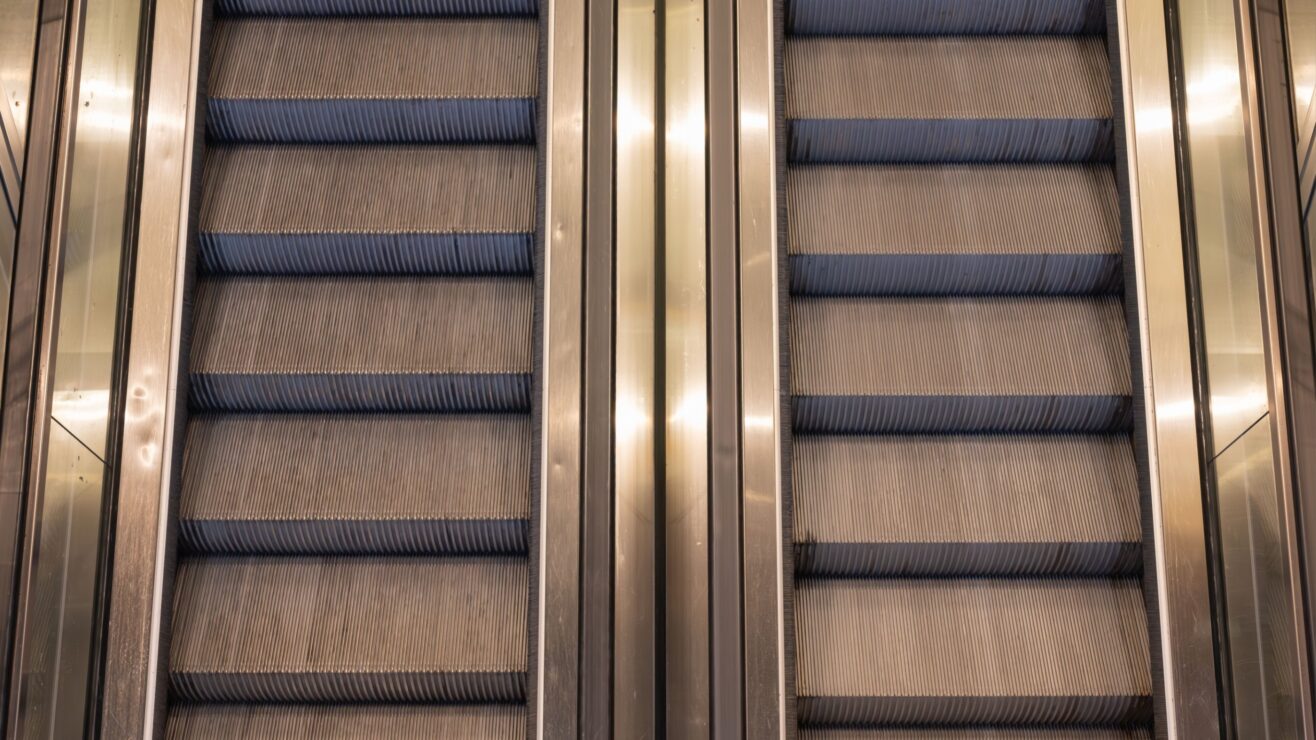Empowering students to develop a creative skillset in response to curriculum-based tasks facilitates experimentation and exploration.
Increasing creativity supports problem-solving and innovation in a range of academic disciplines. Developing these skills, students acknowledge improvements in their mental health and wellbeing. At De Montfort University, our drawing centre gives students opportunities to develop drawing skills, not only to improve visual communication, but to enhance creativity more broadly.
Our students say that this ability to design and create improves their confidence to become more imaginative in their studies, developing a confidence that transcends beyond the ability to be creative, enabling more holistic engagement in studies and the wider university experience.
A centre for creativity
The drawing centre – part of the central Library and Student Services directorate – offers an inclusive studio environment in which students are supported in a non-assessed way to develop individualised approaches to the creative process.
Many students first enter the drawing centre thanks to timetabled sessions aligned to curriculum content, others bravely wander in to see what’s happening, and some come along as a supportive friend but soon find themselves engaged and wanting more. Located at the very heart of our Leicester campus, the centre is visible from outside – its interior attracts many to come in and embrace creative development, in an environment designed to support wellbeing.
The centre is led by experienced arts teacher Chris Wright, who recognised the decline in student confidence and associated mental health and sought to address it. Knowing the importance of a students’ ability to engage creatively, to explore creativity in a nurturing, non-judgemental environment, Chris championed the establishment of a space to develop creative design thinking, doing this to facilitate preparedness for study from a place of perceived mental safety.
A starting point for the centre was research indicating that mainstream education appears to marginalise art and design subjects in favour of STEM disciplines – a point which echoed Chris’s 20 years of experience teaching arts disciplines, where he witnessed a diminishing focus on craft, experimentation, and creativity, leading to a decline in critical thinking and the negative impacts of this on the student experience.
Realising the need to develop student confidence in drawing and mark-making, the drawing centre was established in 2018 to provide bespoke support to a small selection of courses at our university. It has grown to become a core part of university activity with provision for multi-modalities of learning for all four faculties, engaging over 2,600 student visits each academic year.
Confidence
Many providers seek to understand and support incoming students during that key period of transition into higher education.
As part of our approach, we invite new students to engage in a self-evaluation exercise. Findings have indicated that high proportions of students start their higher education journey with little or no confidence in visual expression (the ability to express oneself through visual media), visual literacy (the ability to work with visual media), and visualisation (the ability to think in a visual way). The drawing centre aims to address this, based on the principles that with support and in the right environment all students have creativity that should be developed. We offer the chance to develop drawing, visual and creative skills to students who clearly recognise alignment between creativity and their academic studies, as well as to those who don’t.
Through non-assessed creative activity, exploration and play, students are challenged to explore stimuli and tasks in different ways. They are taught about physical and visual representation, examining how changes in design approaches can impact processes and outputs. Doing this in a “fun” environment, students also share their experiences, often exploring and expressing deeper concepts than purely the physical medium in which they are working or in response to the task set.
Echoing the mental health benefits of playful approaches to learning, students develop confidence in their creative abilities and recognise the impact of this on their studies. Chris’s student self-evaluation research identifies where visual acuity confidence is lacking and allows for a bespoke curriculum to be designed with course teams to meet student needs. Extracurricular sessions encourage students’ confidence, alongside coaching for staff to embed creative play within assessed activity.
Power of community
Some 96 per cent of drawing centre users recognise this as an important learning community, acknowledging creative skill development, and beyond that, resilience. Students feel more confident in approaching academic studies, using the skills developed through creative exploration, adapting these approaches for use in their disciplines. The non-assessed approach is considered non-judgmental, the learning environment is recognised as one in which students develop a toolbox of skills for use in any task and preparing them for lifelong learning.
Community building within student cohorts supports the development of a sense of belonging, and is considered an increasingly important factor in a student’s sense of wellbeing within the learning environment. Belonging impacts the student experience and attainment, therefore providing students with a physical space in which they feel safe and supported to creatively explore delivers positive benefits beyond the development of creative skills.
An ongoing process
We hope to shine a light on the power of developing creativity during study, particularly to improve mental health and support engagement with study. The drawing centre is an experiential learning environment, one that invites the exploration and empowers a community. Students are encouraged to use creative enquiry, informing criticality within their studies.
We encourage others to consider student support from a creative perspective. Practical guides outline approaches to student belonging, recognising the ways in which this can be approached and benefits it brings. From our experience, creative exercises and opportunities to explore in a non-assessed environment at the heart of campus enable students to develop confidence and lifelong learning skills.















A great article. Couldn’t agree more on the bias toward STEM and away from the arts and it makes sense that this can have knock on effects to real issues from mental health to just playfulness and experimentation.